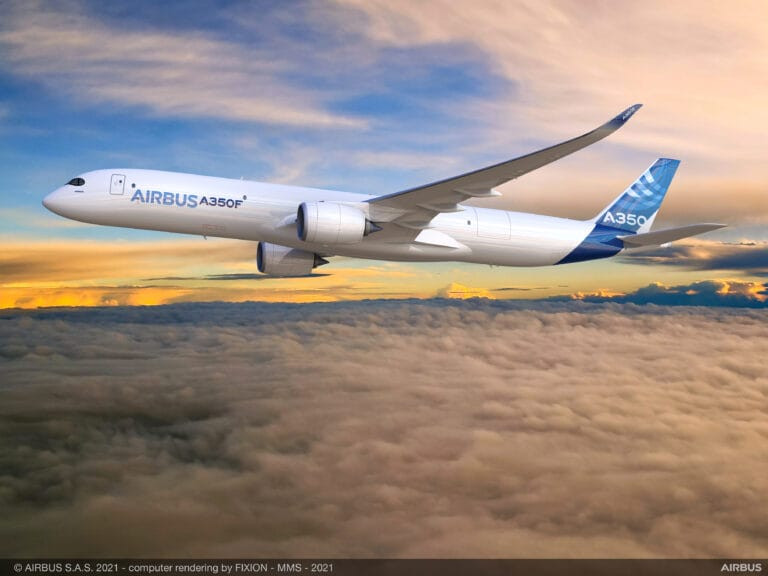Driven by the demand for modern, fuel-efficient aircraft, the freighter market is evolving. In particular, both the US and Asia are promising markets – already with a large number of aircraft, many of which are slightly older and approaching a replacement cycle.
However, these markets are very different. In Asia, for example, many airlines operate both passenger and freighter aircraft, which makes for a great market for Airbus since carriers are already familiar with the product.
“Asia, and especially China, is known as the “workshop of the world,” with vast amounts of e-commerce—up to 10,000 tonnes a day—flowing out of the region,’ Crawford Hamilton, Head of Freighter Marketing at Airbus, stated. “This creates a buoyant market with high rates and the potential for profitable operations, especially when integrated with existing businesses.”
On the other hand, the US is not only a major consumer of goods from Asia but also the centre of express cargo. It’s home to logistics giants like UPS, FedEx, Amazon, and DHL, all of which have a large presence.
“Ultimately, if we can penetrate both the US and Asian markets further, we’ll be well-positioned with a strong aircraft and a healthy programme.”
Freighter market
Converted aircraft from passenger models and factory-built freighters complement each other well in the market. The choice for operators really depends on specific operational needs. In lower utilisation markets, converted freighters make more sense.
When it comes to larger freighters and high-intensity operations—where aircraft are expected to fly many hours each year. This is where Airbus’s approach to reliability in all its aircraft excels, offering the operational robustness needed to ensure punctuality in fixed network operations.
“Both types of aircraft have their place, and the market reflects that. In the single-aisle sector, for instance, about 90 percent of freighters are converted,” Hamilton explained. “With our current freighter portfolio—ranging from around 20 tonnes to over 111 tonnes—we’re confident we have the right aircraft for the right market, offering flexibility and reliability across the board.
“Right now, there are about 130 large freighters over 30 years old in the market, and we’re starting to see the retirement of models like the MD-11s, 747-400s, and other ageing aircraft.
“While older aircraft were kept flying during Covid-19 with additional maintenance checks, now operators have to revisit whether it’s worth keeping them in service or investing in newer models.
“With ongoing growth and a significant replacement cycle underway, we see opportunities ahead. We currently have ten customers investing in the future by purchasing new aircraft and upgrading fleets. This is a clear vote of confidence in the market.”
If operators embrace a 25-year programme, it’s entirely possible that A350s and the freighter variant could still be flying as far into the future as 2080. With the advancements Airbus has made in fuel efficiency, system architecture, and key features like the large cargo door, the manufacturers believe the package will only improve over time.
“We’ll continue to develop the A350 on the passenger side, which will push the freighter version forward as well, as these programmes often drive each other,” Hamilton highlighted.
“Airbus has done this with other aircraft, where improvements in one area lead to further advancements across the board. This gives us a strong capability to innovate and improve continuously.
On top of that, we’re developing a digital aircraft, something that aligns with the industry’s move toward modernisation and efficiency. As the industry digitises and streamlines its operations, an aircraft like the A350F, which is – looking at the proven passenger platform – already highly efficient both physically and in terms of its systems, will be a perfect fit for cargo operations the future.”



